Reportar esta entrada
Más sobre la misma comunidad-colección
Legado de Fuego, Olive St off de algodón de 10 a 19 08a
Legacy of Fire, Olive St off of Cotton 10-19-08 a thru f There ...
Asesoría jurídica, 550 E. Paisano 03/06/2010
law office, 550 E. Paisano 3-6-2010 This is the east side of ...
man-size scorpion at Northeast Regional Park
A man-size scorpion and an equally large vinegaroon stand at the ...
Man-Size scorpion at Northeast Regional Park
A man-size scorpion and an equally large vinegaroon stand at the ...
William Haddad Memorial - El Paso, Texas
William Haddad Memorial - El Paso, Texas A wall will be named ...

















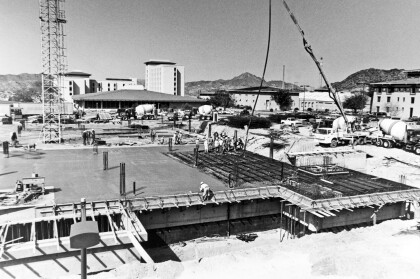
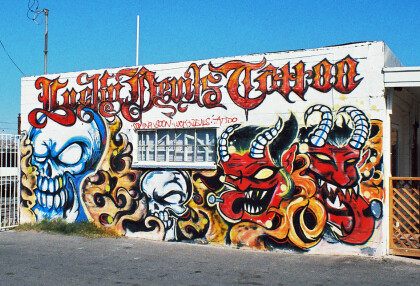
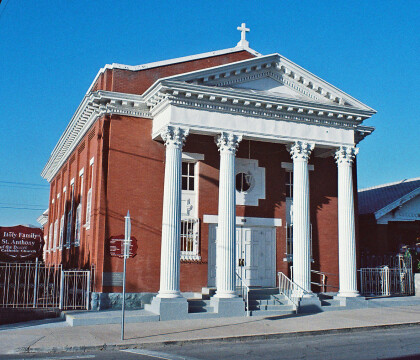
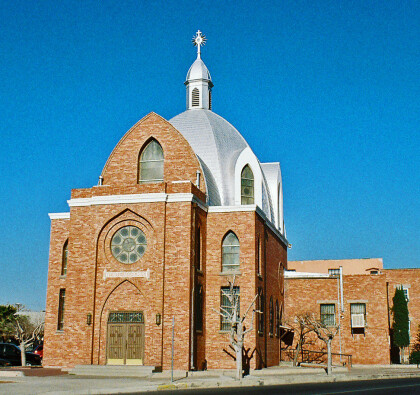
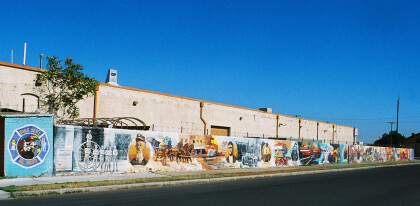
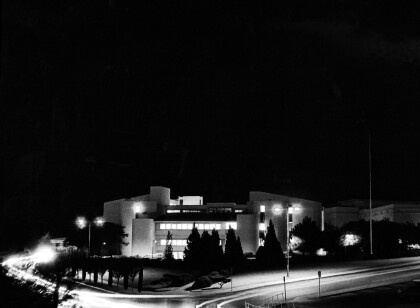
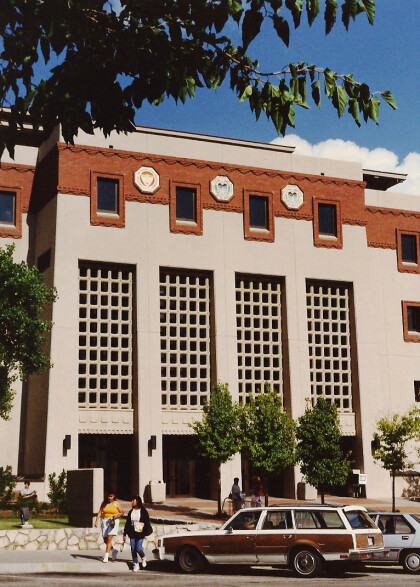



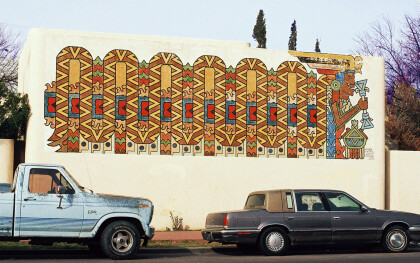
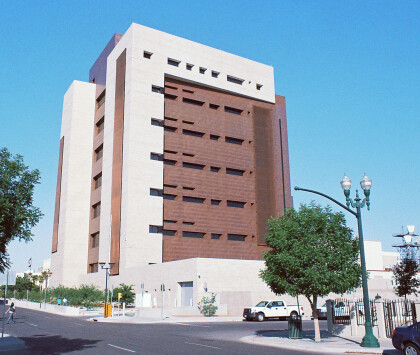
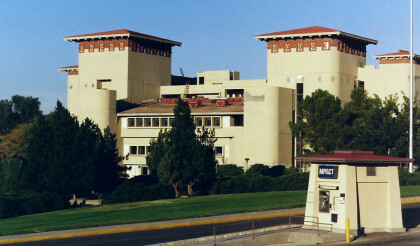
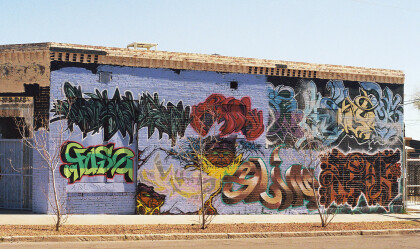
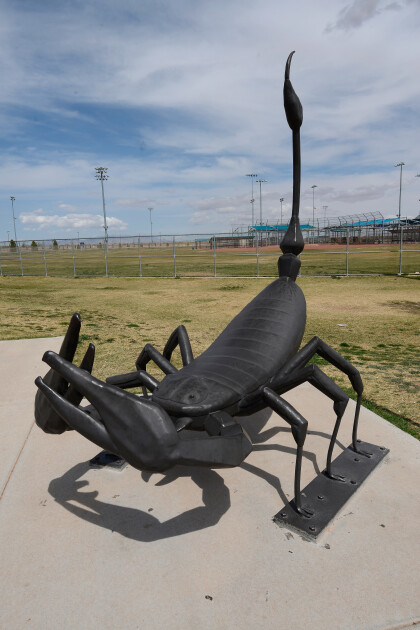
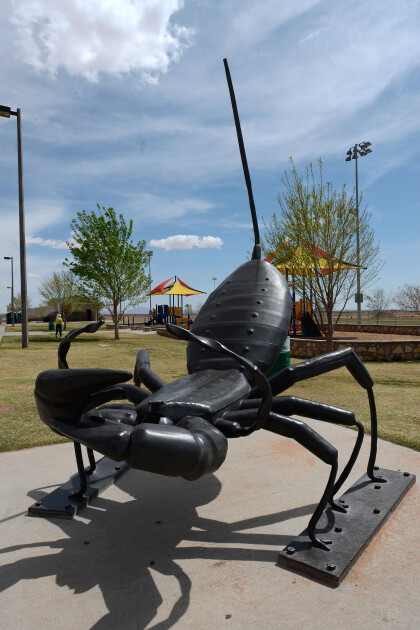
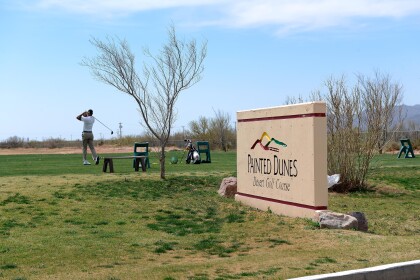
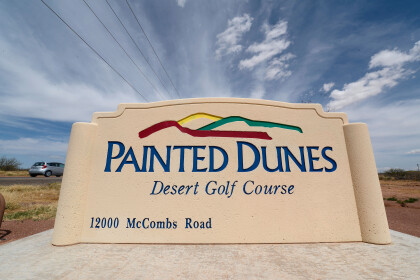
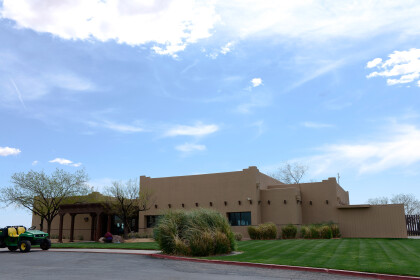
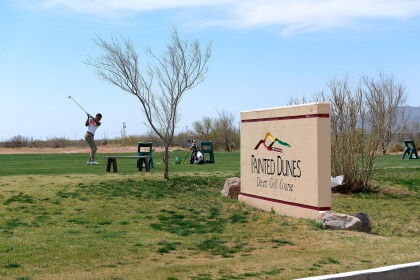
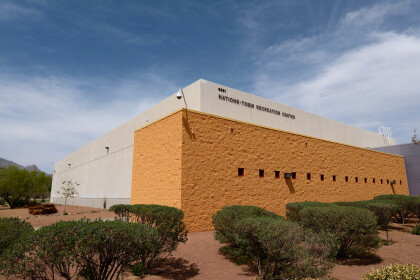
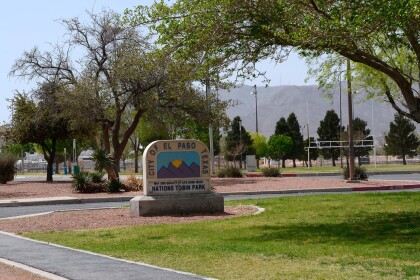
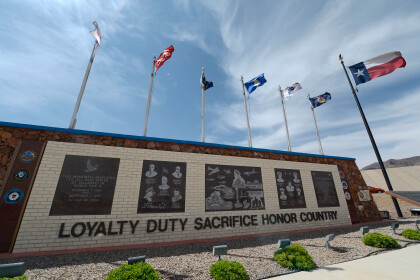
Comentarios
Hacer un comentario